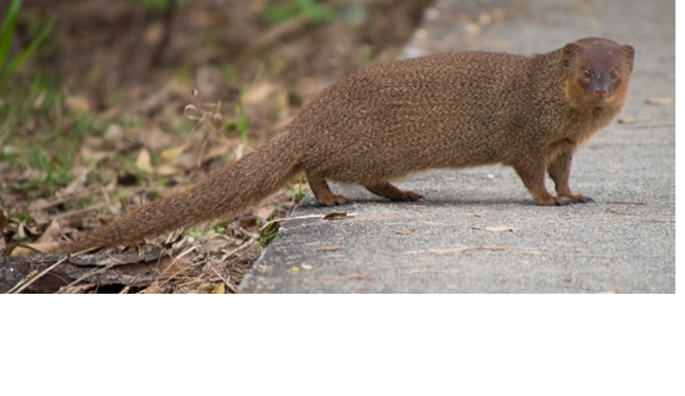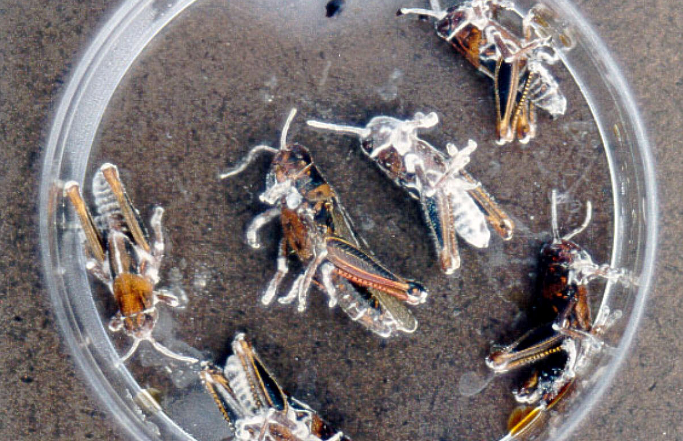Vive la resistance: the impact of antibiotic use in US livestock on emerging antibiotic resistance
Sydney Rentsch, a junior from Connecticut College, worked with Dr. JP Schmidt to examine the relationship between antibiotic use and resistance in US livestock. Abstract: The potential for livestock to spread antibiotic resistant pathogens to human populations is a cause for concern. This research focused on finding trends in data on US livestock antibiotic resistance,


